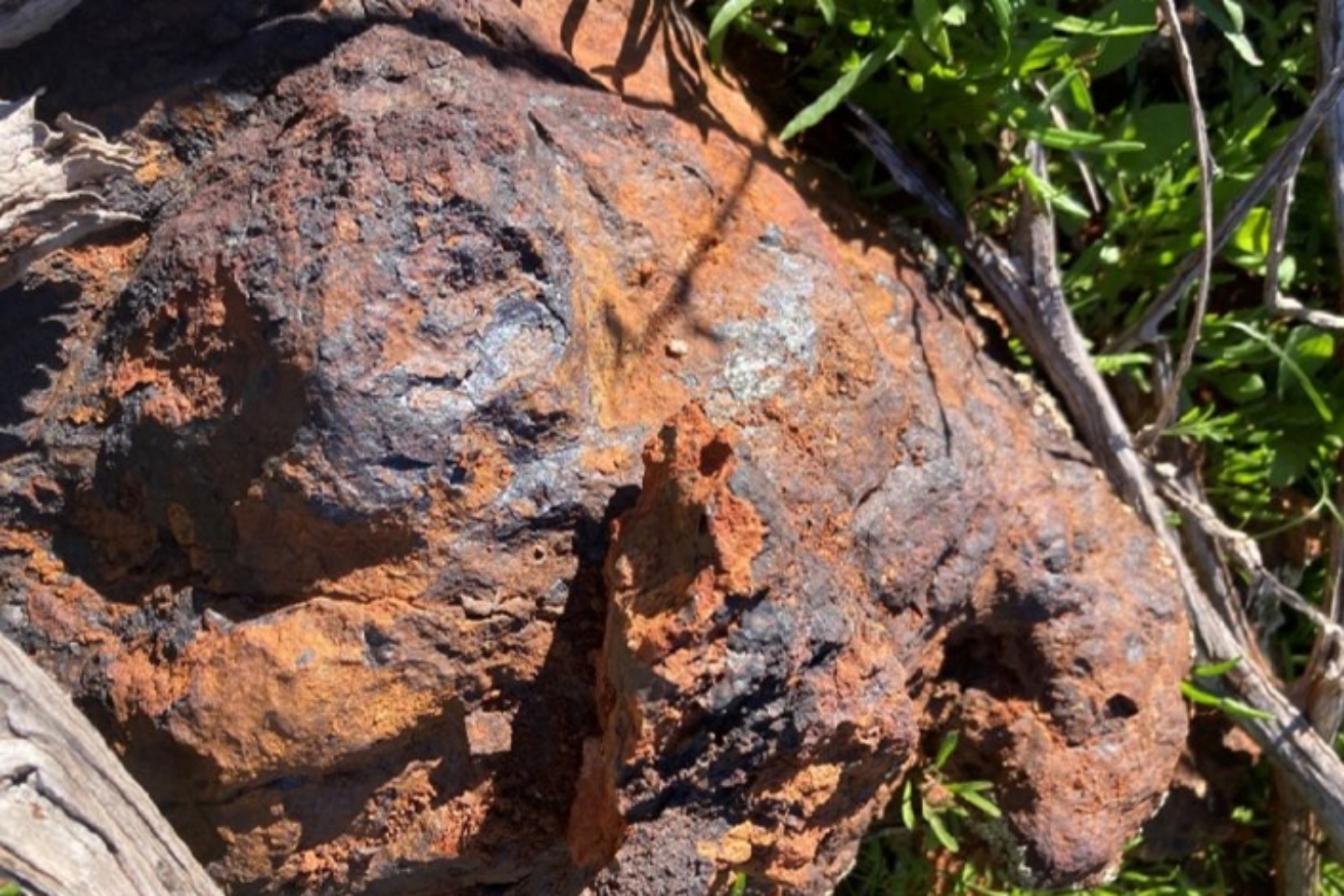Surefire Resources’ soil sampling at its Yidby East gold project in Western Australia’s Mid West region has identified anomalous base metals similar to of the nearby Golden Grove style of volcanogenic-hosted massive sulphide (VHMS) deposit. The company’s Phat Boy target sits about 50km south/south-east of 29Metals’ world-famous Golden Grove and other nearby VHMS deposits in the same belt.

Surefire Resources’ soil sampling at its Yidby East gold project in Western Australia’s Mid West region has identified anomalous base metals similar to the nearby Golden Grove style of volcanogenic-hosted massive sulphide (VHMS) deposit.
The company says the significant 5km-long cohesive trend of anomalism exceeding 100 parts per million copper and up to a maximum of 310ppm, highlights three zones featuring coincident anomalous zinc for priority follow-up sampling.
Surefire’s Phat Boy copper target lies within the company’s Yidby East tenement, east of and contiguous with its Yidby gold discovery in the prospective Warriedar fold belt that is part of the Yalgoo-Singleton greenstone belt. It is about 50km south/south-east of 29Metals’ world-famous Golden Grove operation and other nearby VHMS deposits in the same belt.
The Golden Grove project is a multi-commodity VHMS project endowed primarily with copper-lead-zinc-gold-silver mineralisation, containing about 15.1 million tonnes of ore reserves.
Surefire’s most recent discovery came to light following its extensive review of past exploration data, which revealed surface gossans in and around the many banded-iron formations (BIF) that are prominent features of the area and rock-chip assays up to 1000ppm nickel.
Gossans are a characteristic style of the weathering of usually iron-rich rocks that is produced by oxidation and leaching of sulphide mineralisation. They vary considerably in character, but proper knowledge and interpretation can identify useful markers indicating the possible rock types and mineralisation below.
In a mid-1980s tenement relinquishment report from the area, Pancontinental Mining recorded gold values in stream sediment samples up to 101ppm and believed the origin was in the nearby BIFs.
Another previous explorer at the site, Prosperity Resources, also noted that the presence of disseminated sulphide mineralisation such as pyrite, chalcopyrite and native copper in high magnesian basalts could be related to sea-floor volcanism and could indicate the potential for VHMS-style mineralisation.
Surefire kicked off its detailed soil sampling program in mid-July to determine the potential of the ground and collected samples on north-to-south lines spaced 250m apart, with multi-element sample analysis by fusion x-ray fluorescence (XRF).
The program was an outstanding success, nailing broad-scale multi-element anomalism with key elements running at or exceeding the selected 100ppm threshold, including copper to 310ppm, 100ppm zinc, 100ppm cobalt and 452ppm sulphur. In addition, five rock samples were analysed by the same method, with one delivering anomalous base metal results including 270ppm nickel, 460ppm copper, 200ppm zinc and 100ppm cobalt.
In terms of regional geological context, Surefire’s Yidby ground sits midway between Golden Grove to the north and Capricorn Metals Mt Gibson project to the south. Mt. Gibson has long been recognised for its VHMS-style mineralisation and was drilled in the 1980s by Reynolds Metals for base metals before it was mined by a Reynolds-Forsayth joint venture (JV) for laterite gold.
Forsayth’s laterite operations were followed by its open-pit mining and later modest-scale underground mining beneath the Wombat open-pit before the company was taken over.
During its operations – including mining by Forsayth and others – Mt Gibson produced about 27 tonnes of gold. Subsequent ownership passed through several hands before Capricorn’s July 2021 acquisition.
Mt Gibson’s lode-style mineralisation is predominantly hosted by three main trends from which most of the known and mined mineralisation is hosted by what is often referred to as “the Gibson trend”.
Mt Gibson is interpreted to have been a gold-copper-zinc-rich VHMS deposit, which was overprinted by a subsequent hydrothermal gold mineralising event. Its mineralised shear has been mined along its entire length by a string of open pits for more than 7km, extending from the Deep South pit to the northern Hornet ore zone.
Typical VHMS ore deposits comprise mainly copper-zinc mineralisation associated with and produced by volcanic-associated hydrothermal events in submarine environments. They occur within environments dominated by volcanic or volcanic-derived rocks and represent a significant source of the world's copper, zinc, lead, gold and silver ores.
They often occur as stratiform (flat-lying or domed) accumulations of sulphide minerals that precipitate from hydrothermal fluids on or below the seafloor in various ancient and modern geological settings.
While other regions of the world are known for their abundance of such deposits, the highly-stripped geology of much of the prospective Australian environment, such as WA’s Yilgarn block, coupled with the deep burial of many areas of ancient rocks by recent cover and often masked by intense weathering processes and their effects, can make such prospective rocks more difficult to identify.
Surefire is now planning a new round of follow-up soil and rock chip sampling to close off the open-ended anomalous zones and to identify initial drilling targets.
The company’s early program on its path to unravelling the VHMS potential at Yidby looks like a good start, with its favourable geology, precedents in similar regional-scale structures and strong, cohesive geochemical signatures all combining to offer considerable promise for the project.
Is your ASX-listed company doing something interesting? Contact: matt.birney@businessnews.com.au

















